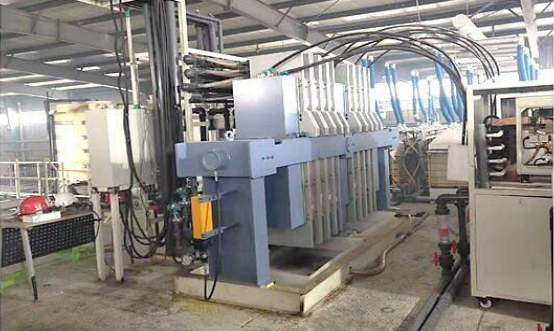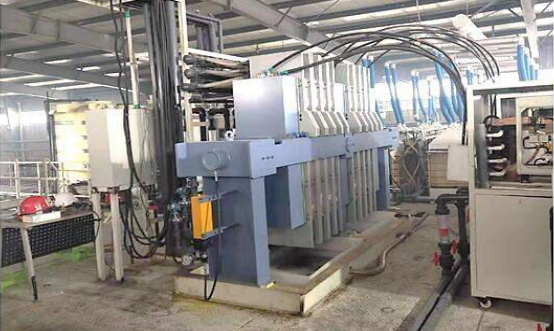

Electrodialysis process is a combination of electrochemical process and dialysis diffusion process. Driven by the applied DC electric field, the anion and cation move to the anode and cathode respectively by using the selective permeability of the ion exchange membrane (i.e., cation can pass through the cation exchange membrane and anion can pass through the anion exchange membrane). In the process of ion migration, if the fixed charge of the membrane is opposite to that of the ion, the ion can pass through; if their charge is the same, the ion will be rejected, so as to realize the purpose of desalination, concentration, refining or purification of the solution. Membrane is the core of electrodialysis. Taking advantage of China's speed and scale advantages, combined with Japanese process technology, quality management, lean production and astom development experience for more than 50 years, various ion exchange membranes with high performance, high cost performance and quick response to market demand, especially homogeneous membrane and bipolar membrane, can be produced.
At present, the medium waste water has been used as resource
Concentration and emission reduction of single solute: ammonium nitrate, sodium nitrate, ammonium sulfate, ammonium chloride, ammonium fluoride, sodium chloride, sodium sulfate, lithium sulfate, etc.
Concentration and emission reduction of mixed salt: coal chemical wastewater, papermaking wastewater, metallurgical wastewater, printing and dyeing wastewater, electroplating wastewater, steel wastewater, petroleum refining and gas production
Wastewater, power plant desulfurization wastewater, landfill leachate, high salt and high COD wastewater.
Bipolar membrane acid-base preparation: inorganic salt preparation acid-base, organic acid / organic base preparation.
Recovery of acid and alkali by diffusion dialysis: sulfuric acid, hydrochloric acid, nitric acid, etc.
Recovery of other substances: heavy metals, extractants, etc.
